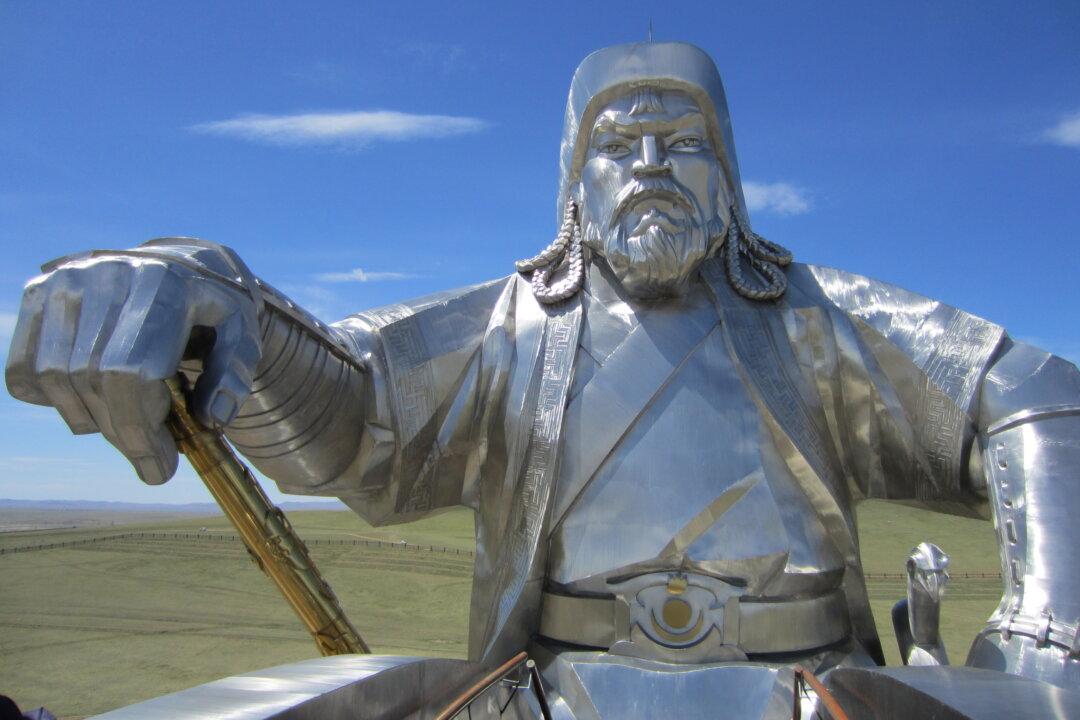King, warrior, uniter, conqueror, these words are often used to describe the man known as Alexander the Great of Macedonia, who at a young age set out to conquer the known world and, before the age of 33, nearly succeeded.
“My son, ask for thyself another kingdom. For that which I leave is too small for thee,” were words spoken to Alexander the Great by his father Phillip II, King of Macedonia, according to “The New Student’s Reference Work Volume I.”
His funeral preparations supposedly lasted two years and were followed by an extensive procession.




